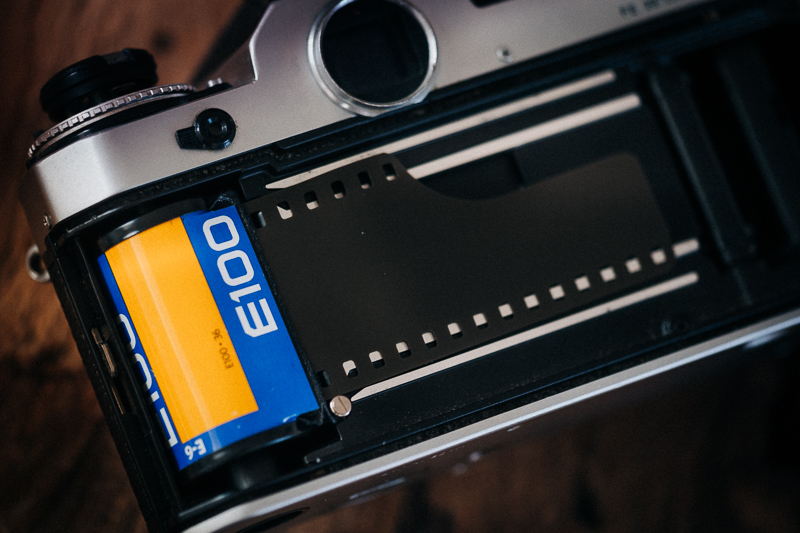
So far I have only been talking about color-negative film here, so this Kodak Ektachrome 100 was actually the first slide film I exposed. If you don’t know what the differences between color-negative and slide film are, you can have a look here first.
Processing (E-6) and scanning (Noritsu) was done at urbanfilmlab in Germany. Pictures you see in this article are from one roll of Ektachrome 100 and a sixth of a roll of 5294 E100.

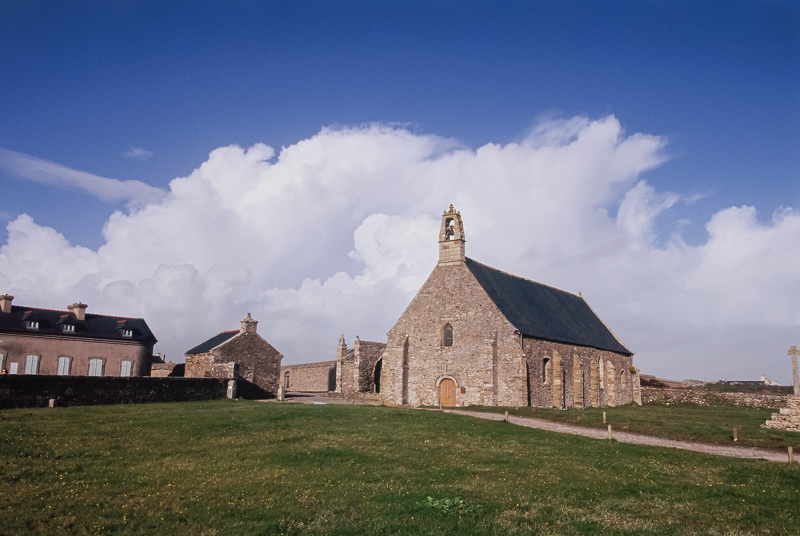




Contents
Ektachrome 100
With Slide film a proper exposure is even more crucial, as its dynamic range is a bit limited compared to color-negative film. Out of the three slide films I tried so far (Ektachrome 100, Velvia 100, Provia 100F), I found Ektachrome to have the best dynamic range though.
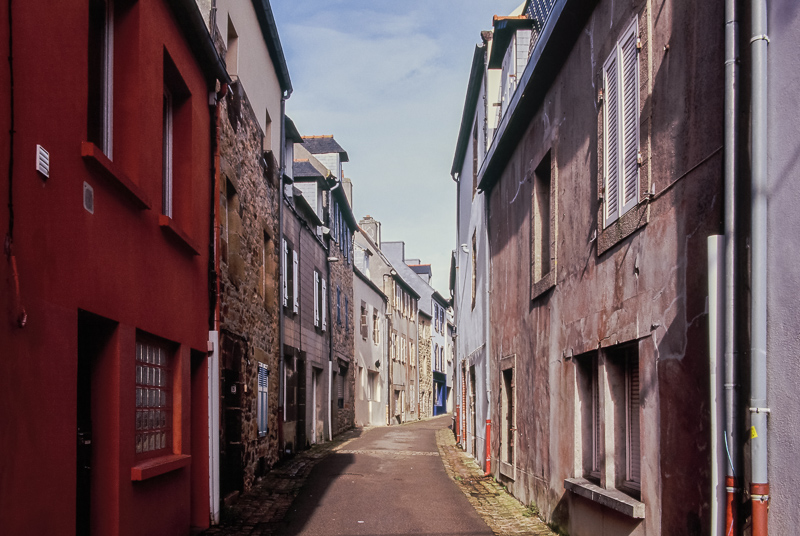
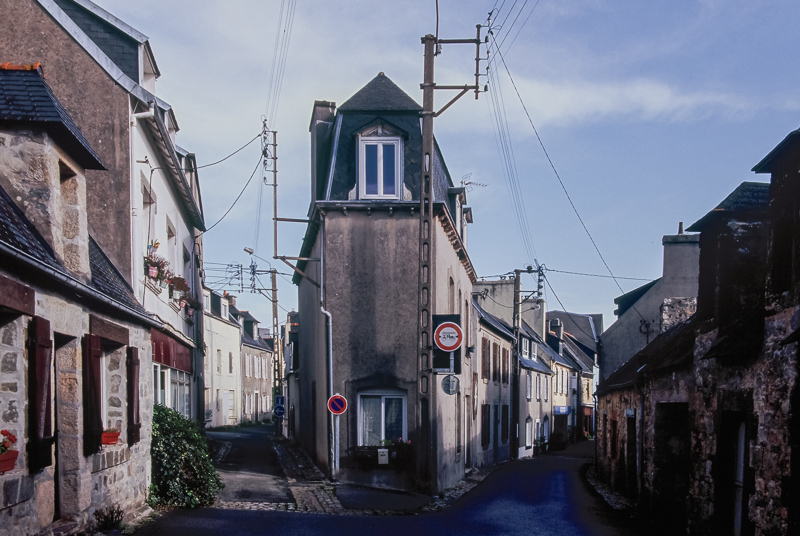

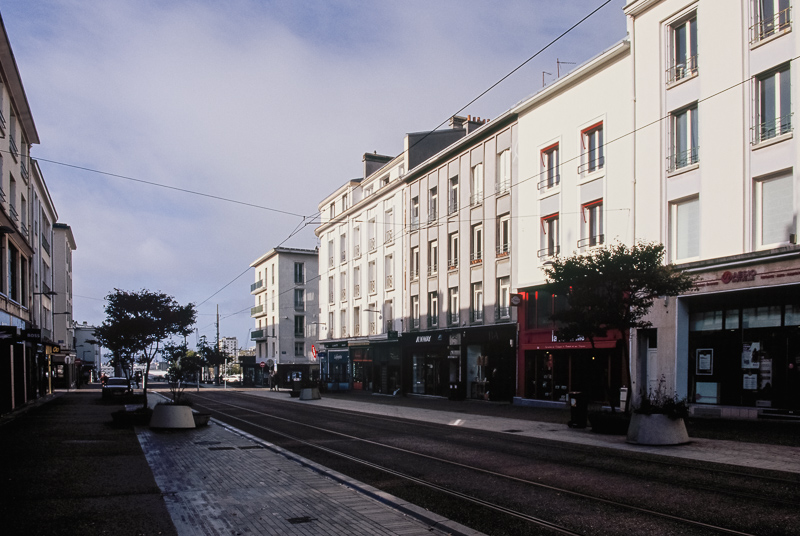
The scenes above are all high contrast scenes and I think the film handled those quite well, as we still see details in both, the shadows and the highlights. In terms of colors, this is actually also my favorite Slide film so far, as they look rather neutral to me.
Of course, some people are looking for the opposite of neutral when shooting film these days, but this is definitely a film stock I would buy again.
Slide film is not exactly cheap these days, but here you have an alternative option we will talk about in the next section.
5294 E100

You can also find Kodak E100 5294 film respooled into 35mm canisters. I was wondering if it is exactly the same as Ektachrome 100 so I did some side-by-side comparisons and it does in fact look to me like the filmstocks are identical (in the following example I was apparently not using the same aperture setting, leading to vignetting differences). So if you can find respooled Kodak 5294 E100, you can save some bucks here.
There was one issue however, the roll I tried was in a Portra 400 canister and after a few pictures my F80 picked up on its DX code (it wasn’t fully covered by the sticker), which screwed up all the following exposures. So better be safe and override the ISO setting when using respooled film, otherwise all your pictures may look like this:

At the end of the day, I could only use six pictures from that roll. Ah well…



Further Ektachrome 100 Samples
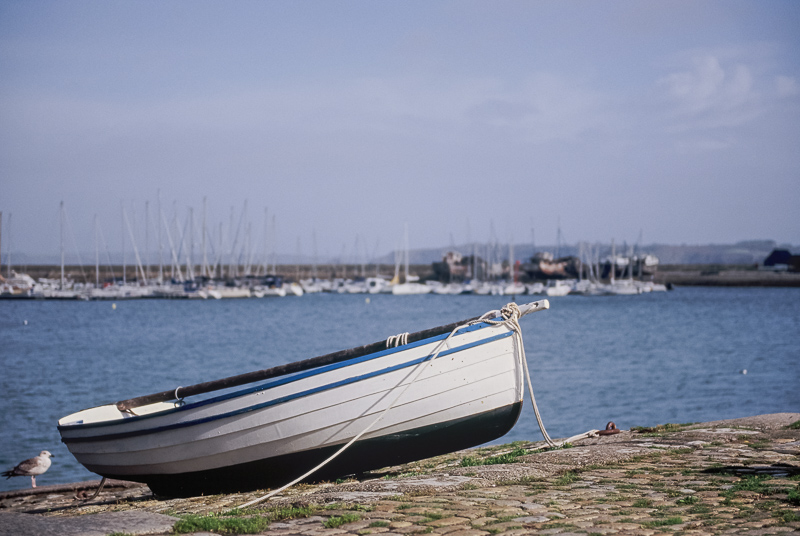

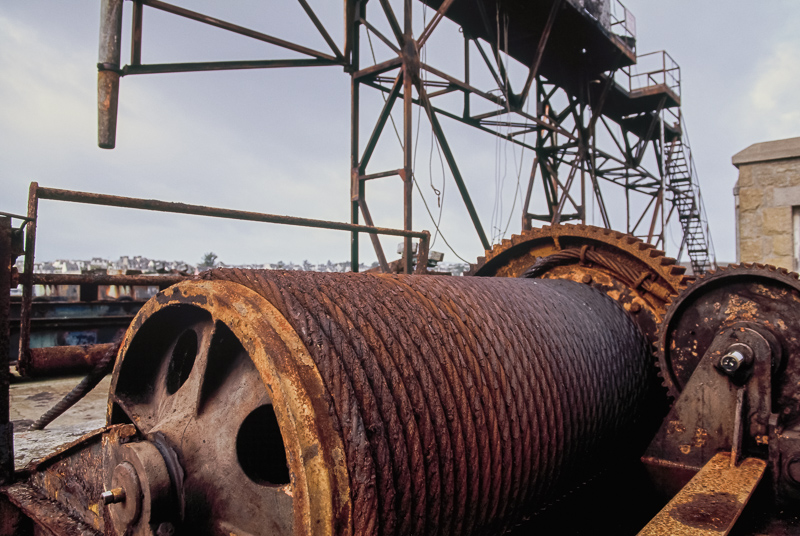
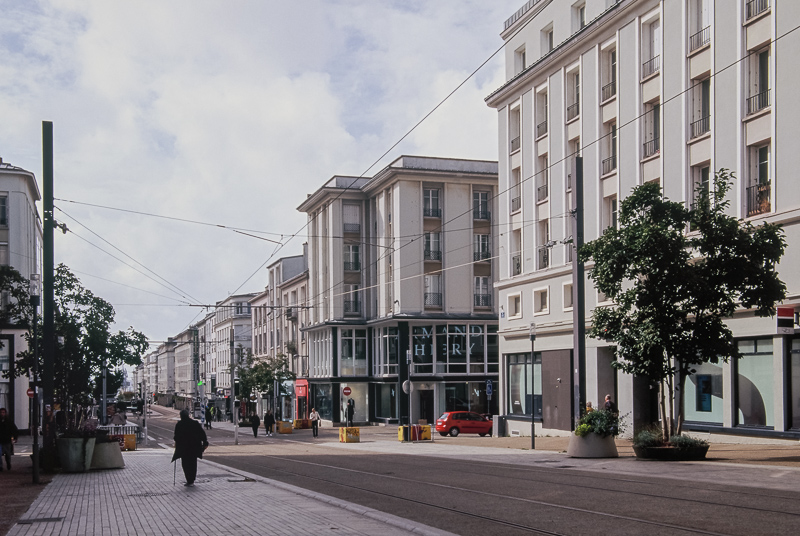

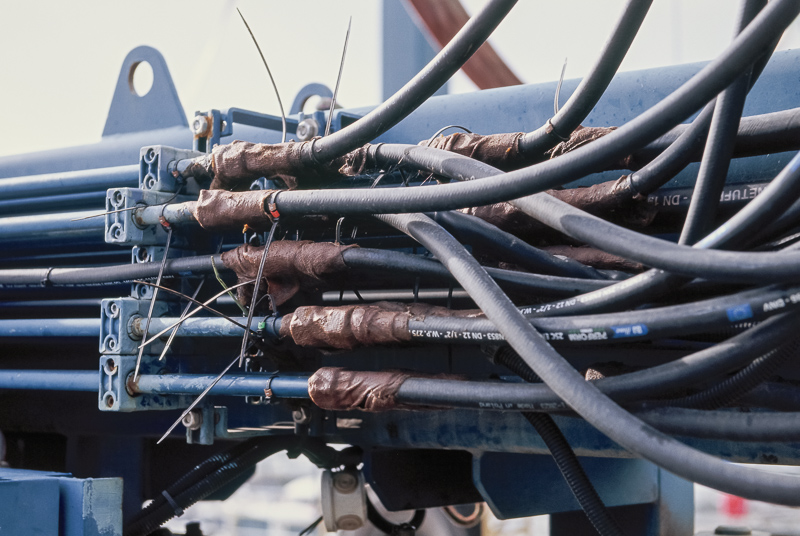
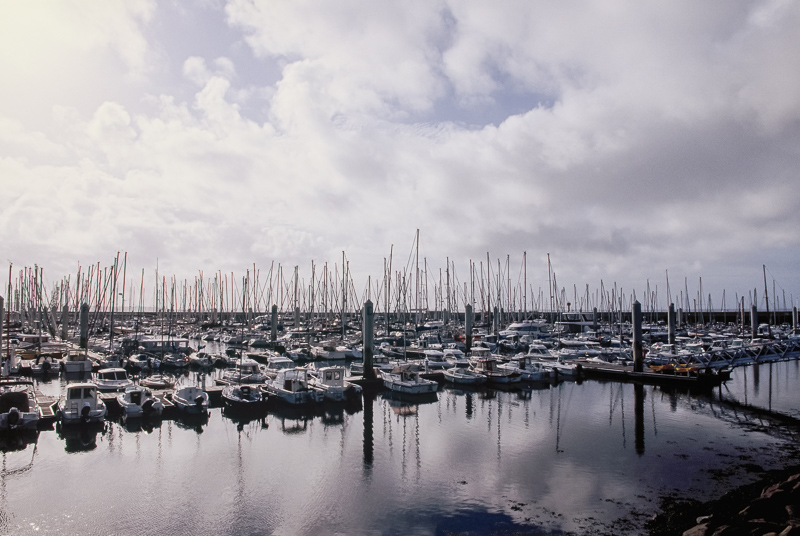
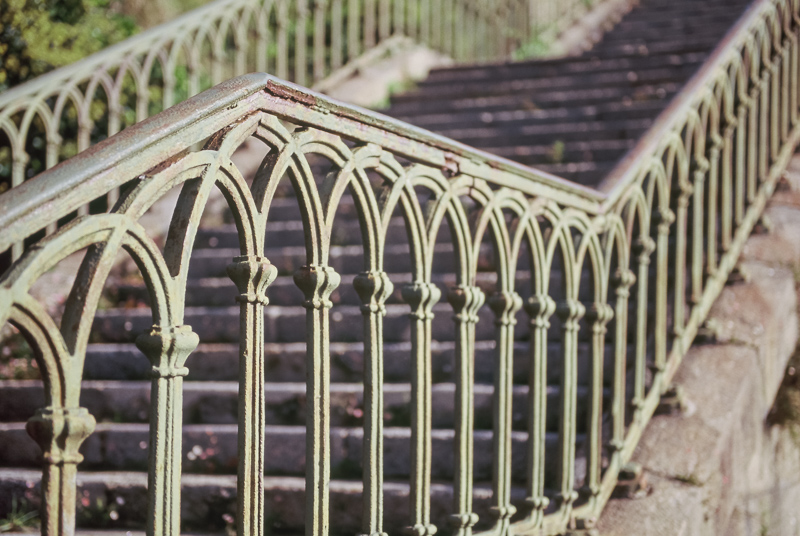
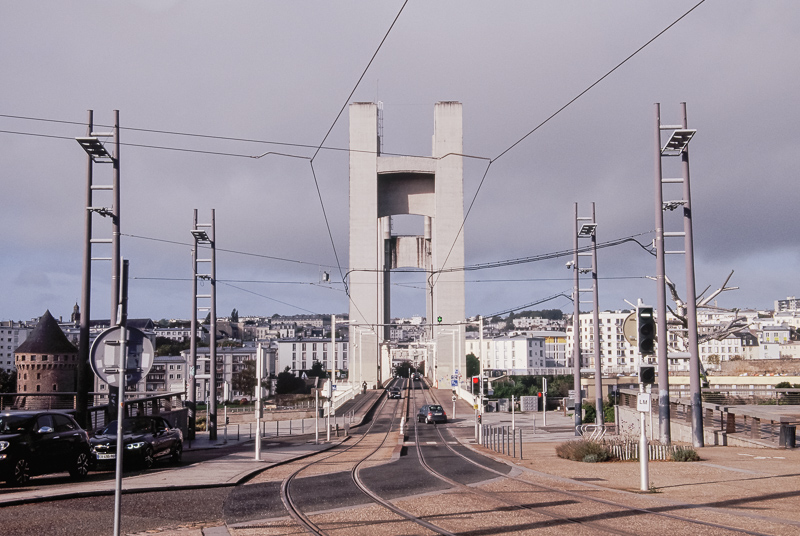
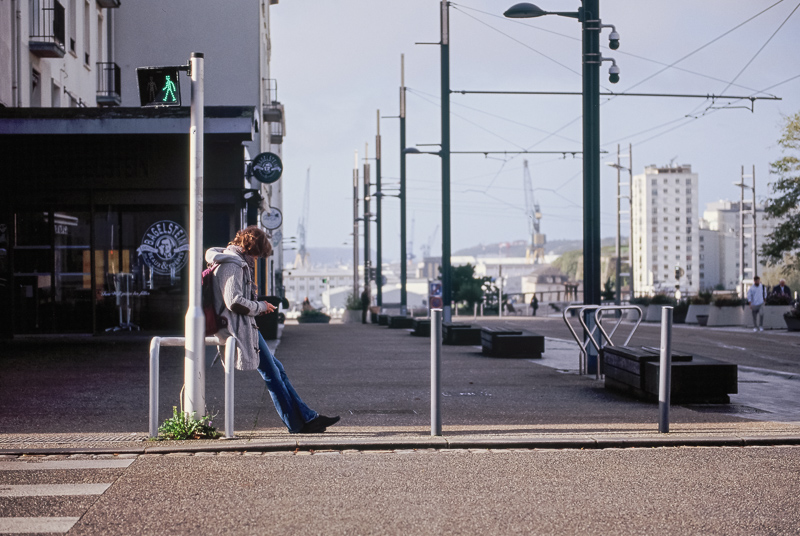
Further Reading
Support Us
Did you find this article useful or just liked reading it? Treat us to a coffee or a roll of film!
![]()
![]()
![]() via Paypal
via Paypal
Latest posts by BastianK (see all)
- 2025 – Year in Review - December 23, 2025
- Review: Sony FE 70-200mm 4.0 G Macro OSS II - December 20, 2025
- Review: Viltrox AF 35mm 1.2 FE LAB - December 17, 2025
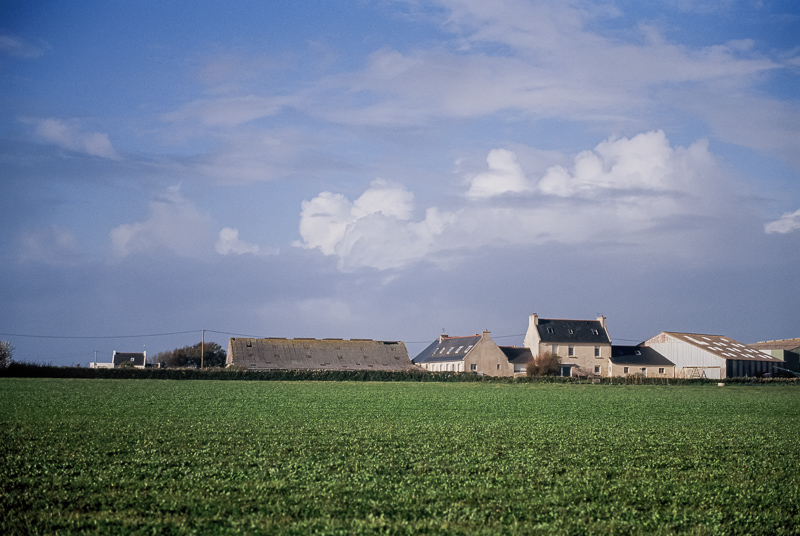

Prior to digital, I mainly shot slides, and a large part of those were Ektachrome. I don’t know if it is linked to the lighting conditions, processing, scanning or film age, but I find your Ektachrome colors a bit more muted that what I used to obtain myself. But then your sunny Kodak 5294 pictures look a bit more familiar to me so maybe it’s just a question of light indeed.
I have been wanting to shoot slides again but slide film tends to be very expensive, processing as well and my local photo shop warned me they had mostly bad experiences with their lab due to the low volume and manual handling of slide processing: long delays, varying colors and occasional scratches…
At the end of the day I rationalised that the pictures I used to shoot with slides were better done in digital these days, and that I should stick with b&w film where I can easily do the development myself.
Fair assessment 🙂
Excellent photos, as always, Bastian!
From the 1980s to 2000s, my parents used almost exclusively Ektachrome 64 (plus the version for artificial light, Ektachrome 64T) for all kinds of photography, with full-frame, medium format, and view cameras. It was always a very reliable film which even tolerated difficult working conditions, the heat of the Egyptian desert and the wetness of German winters. In the end it was especially this reliability and the predictability of solid results which distinguished this film for us. We were also very satisfied with the colours and the handling of high-contrast scenes.
Of course correct processing was still crucial; at that time there was an excellent processing laboratory in Stuttgart which (AFAICR) achieved even better results than the official Kodak processing services. Even push processing often resulted in very good results.
The colours of Ektachrome 64 were the colours of my childhood, and for me it’s a happy reunion with childhood memories to browse your photos, Bastian. They actually have a very similar look; if there is a tiny difference then I think Ektachrome 64 showed a tiny little bit more “dynamic range” (as we would say today) and a bit more detail resolution, as to be expected with the lower ISO value.
As a general hint: If somebody considers analogue photography, but is hesitating because of the “low resolution”, then search for a used medium-format camera for use with 120 format film. This gives you a notable boost in resolution and “wow” over full-frame photographs. Printing DIN A4 advertisements from full-frame photos was always tricky/not really satisfying for the trained eye; with medium-format photos the results were noticeably better. So if you are interested in analogue photography mostly because of the feeling, the colours and the mood, a full-frame camera is the correct choice; but if you want to print big, try a used medium-format camera and 120 format film (or, even better, a field camera – but it’s not easy to get sheet film in these days).
Supplement: And yes, after reading the comment by fiatlux, I also wonder whether the colours of Ektachrome 64 were a little bit more vivid and diverse than the ones in your Ektachrome 100 photos, or if I am just deceived by my memories. Of course this could also be a question of the processing and scanning. From our experiences with scanning slide film photos in the 2000s I remember that it is often possible to get out a little bit better colours with finer shades when fine-tuning the scanner settings for individual photos. However this is not that important anymore today, because digital photography offers us much more possibilities for that.
Thank you for sharing this and your other tests/reviews. I’ve been shooting E100 (Kodak and the respooled flic film version), as well as Velvia 50, Velvia 100, and Provia regularly for the past several years. I shot over many rolls of these stocks in 135 and 120 on a trip to Hong Kong last month. I’ve also found no tangible difference between branded E100 and the respooled variants, though respooled often has some light leaks on early frames (I try to load in the dark when possible).
As for color, I recommend you take your processed slides and hold them up to a cloudy sky and look with your eyes to compare against these noritsu scans. It’s one of the benefits of shooting slides instead of negatives. Your lab may have made some artistic decisions in color grading. These slides might be less vibrant than the results I’ve gotten from noritsu scans at other labs or from self-scanning with a sony a7riv (which I prefer, but sony color science is not great). An even better comparison would be to mount your slides and project them, if you have a friend or relative with an old projector. I’d read it from others and not believed it until I saw it myself – projected slides are an experience quite different from printed photos or viewing on a computer screen. I don’t know why, perhaps the extreme latitude between light and dark. It will bring details out of the shadows that the noritsu couldn’t capture.
I think you’ll also find when comparing Velvia with E100 that Velvia is far more green and also saturated, while E100 tends toward magenta and less color saturation, though again I think looking with the eye you’ll find the slides are a little more vibrant than these scans. I’m holding some freshly developed E100 in my hand now and comparing grass and sky with the scans you shared.
I love your shots of the light house, the two old boats, and the rusted cable. You have a good eye for framing.
Sony color, Canon color, Nikon color, don’t matter. Use the ColorChecker Passport to prevent camera’s own color science contaminating slide film colors.
Thanks. Yes I have a ColorChecker and have been using their clunky but helpful system. I still don’t like sony colors, and the ColorChecker improves but doesn’t solve through software what is likely a hardware issue. Again, look carefully at your slides with your eyes and then at your screen. There are details missing and that’s part of why we all shoot film.
For those reading, I do recommend the ColorChecker, though it’s a bit of a hassle to use. I also photograph fine art for artists and the ColorChecker saves my sanity (somewhat).
The scan doesn’t look right. E100 is saturated, contrasty, and shifts towards blue if you don’t correct it. I suggest you get the JJC adapter (FDA-K1 and FDA-S1 LED), a compatible macro lens, and use a camera to scan E100. Use the colorchecker passport to correct your camera colors under the FDA-S1 LED first.
Lab scans really don’t represent what slide films and negatives look like. It’s easier to get correct slide film colors with the approach I’ve mentioned above, but negative scanning is more complicated. Please refer to “alchemy color accurate negative film inversion” on YouTube for Kodak Gold 200 scanning method.
I surely don’t have the time for home scanning.
Excellent photos. I’ve found that the best lenses to use with Ektachrome are the most sharpest and contrasty ones. This film I find is quite “soft” looking with gentle contrast. I’ve used lenses like the Summicron 50/2 DR and I found it too much of a gentle contrast. Perfect for a lens like a Summicron 50/2 v5, Zeiss Planar 50/2, Elmarit 28/2.8 and the like. Higher contrast.
You all have calibrated and profiled monitors? The images are in sRGB colour space?
I’ve been shooting slides ever since I took the jump into shooting film last year. I sent a few rolls of negs to labs, but for home processing I just went for E6 cause it seemed so fun.
I do like the advice to aim towards warmer slides. Usually it just means dropping a warming filter on, you’ll still have the neutral colors but colors can more often look cool than warm, especially in shadows, so it helps.
Also, Ektachrome is the least sharp slides films I’ve used, yet even when I pushed it 3 stops I was surprised to see the fine detail I got. I love its result and versatility, but honestly, Fujifilm’s options give me just a bit more of what I want out of slide film.
Seems like Kodak (the manufacturer in the US, not Kodak Alaris, the distributor who has exclusive rights for still film stock) stopped selling E100 cine films to respoolers and anyone who is not moving picture related, so stocks might dry up: https://www.photrio.com/forum/threads/kodak-no-longer-selling-e100d-directly-to-customers.209595
I love that you’re tackling this film. I like the results, I have yet to take the plunge into slide film myself.
I couldn’t help but notice this was Brest, France! I had the privilege of pulling into here a few years ago. I took a lot of photos on an X-T30, but seeing it on film really makes it look like a memory.
Yes, you are of course right 🙂